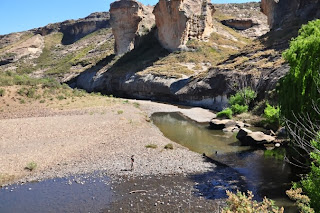But the ports were just beacons along an amazing journey through our beautiful country. We travelled on all kinds of roads, mostly gravel roads, experienced breath taking scenery, met extraordinary people, and stayed at wonderful places.
All of this will now be processed and presented to our main sponsor, the WegRY / Driveout travel magazine. They will decide how and when it is used, most probably not earlier than the March 2014 editions of the magazines.
In the meantime I will complete, correct, and extend this blog as best I can. I appeal to you to present me with any information related to the topics I have covered. If you have specific information such as:
- Origin of the name of a border post
- Historic reasons why border post was established at the specific site
- Date of first use as a border post
- Corrections to information I have mentioned about a border post
- Any special experience encountered at a border post
Please forward this to me by commenting on this post. All comments are directly emailed to me and I will be in touch with you. I will acknowledge all valuable contributions.
Thanks for following our tour on this blog. The response was surprising and made the tour so much more rewarding. I hope to have a similar privilege again soon.
Johan Rothmann
johanrothmann@gmail.com












































.jpg)






